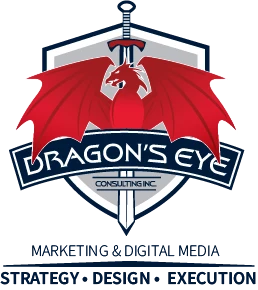While remarketing and retargeting share similar goals, there are key differences that marketers should understand to optimize their campaigns. Let’s take a look at the distinctions between remarketing and retargeting, their applications, and how remarketing ads services in Hamilton and St. Catharines can benefit your business.
Understanding Retargeting
Retargeting is a strategy that focuses on reaching potential customers who have interacted with your brand but haven’t made a purchase. This technique typically involves displaying ads to users who have visited your website or engaged with your content on social media platforms.
When a visitor comes to your site, a cookie is placed in their browser. This allows you to “retarget” them with relevant ads as they browse other websites. These ads are usually placed through third-party networks like Google Display Network or Facebook Ads.
Retargeting can be based on various user actions, such as:
- Viewing specific products
- Abandoning shopping carts
- Engaging with your social media content
The primary goal of retargeting is to move potential customers further down the sales funnel, encouraging them to complete a purchase or take a desired action.
The Power of Remarketing
Remarketing, on the other hand, primarily focuses on re-engaging existing customers. While the term is sometimes used interchangeably with retargeting, remarketing traditionally refers to reaching out to people who have already made a purchase from your business.
This strategy often involves email campaigns, but it can also include targeted ads on various platforms. The main objectives of remarketing are to:
- Encourage repeat purchases
- Upsell or cross-sell additional products
- Build long-term customer relationships
Remarketing campaigns can be highly effective because they target individuals who are already familiar with your brand and have shown interest in your products or services.
When to Use Retargeting vs. Remarketing
Choosing between retargeting and remarketing depends on your specific marketing goals and the nature of your business. Here are some scenarios where each strategy might be more appropriate:
Retargeting:
- When your primary goal is acquiring new customers
- If your product or service is typically a one-time purchase
- When you’re already investing in brand awareness campaigns
Remarketing:
- For products or services that involve repeat purchases
- When you want to upsell existing customers
- If you have a limited marketing budget and want to focus on customer retention
The Blurring Lines Between Strategies
In recent years, the distinction between remarketing and retargeting has become less clear. Many platforms now allow marketers to use customer email lists for ad targeting, blending elements of both strategies.
For example, you can now use remarketing lists to show ads to existing customers on platforms like Google Ads and Facebook. This convergence of tactics offers more flexibility in how you reach and engage your audience.
Maximizing Your Marketing Efforts
To get the most out of your digital advertising campaigns, consider incorporating both retargeting and remarketing strategies. This combined approach allows you to:
- Capture potential customers who have shown interest but haven’t converted
- Re-engage existing customers to encourage loyalty and repeat business
- Create a cohesive marketing funnel that addresses users at different stages of the customer journey
Contact Dragon’s Eye Consulting for Remarketing Ads Services in Hamilton and St. Catharines
If you’re looking to implement powerful remarketing or retargeting campaigns for your business, Dragon’s Eye Consulting is here to help. Our team of digital marketing experts specializes in creating targeted ad strategies that drive results.
Contact us to learn how we can provide remarketing ads services in Hamilton and St. Catharines for your business.
